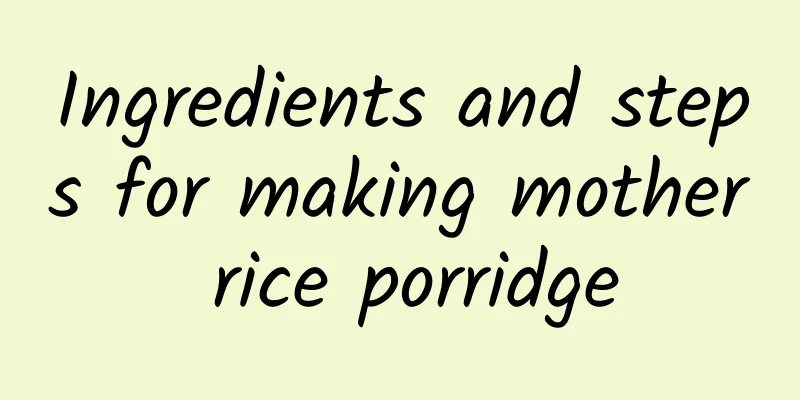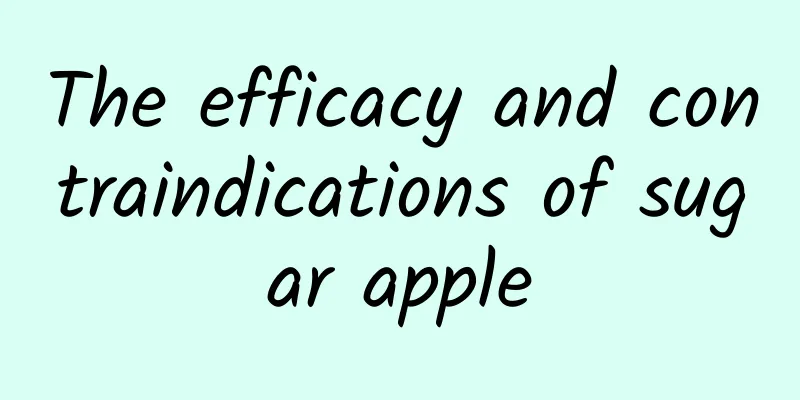Characteristics and control methods of eggplant blossom rot

|
What should we do if we encounter eggplant blossom rot when growing eggplant? Let me tell you how to better prevent and control it. Hazard characteristicsThe main damage is to the flowers and fruits. The flowers turn brown and rot after infection, and the diseased flowers fall off or hang on the branches. The fruits turn brown and soft after infection, and the fruit stalks turn light brown or grayish white. The moisture in the diseased tissues disappears and gradually shrinks. When the humidity is high, the diseased parts are densely covered with white or grayish white fuzz. Hairy, with terminal needle-shaped black sporangium stalks and sporangia. Eggplant blossom end rot Morphological characteristics of pathogensChoanephora mandshurica (Saito. Et Nagamoto) Tai) is a fungus belonging to the subdivision of Zygomycetes. Both large and small sporangia are produced, mostly on the same hyphae. The large sporangia grow at the top of the erect unbranched conidiophores; the conidiophores are erect; the top of the main axis is bifurcated, the sporangium is 30 to 60 microns in diameter, and the sporangium spores have a bundle of cilia at each end. It harms the floral organs and fruits of solanaceous fruits, melons, and beans. In addition, C. cucurbitarum can also cause the disease. Transmission routes and conditions for disease onsetThe pathogen mainly stays in the soil as mycelium with diseased remains or produces zygospores to overwinter, and infects cucumber flowers and young cucumbers in the following spring. After the disease occurs, a large number of spores grow on the lesions, which are spread by wind, rain or insects. The fungus is highly saprophytic and can only invade flowers and fruits with weak vitality through wounds. Eggplants grown in greenhouses are prone to disease if they are exposed to high temperature and high humidity and weak vitality, or low temperature and high humidity conditions, insufficient sunlight, water accumulation after rain, and many wounds. Prevention and treatment methods(1) Select high and dry land, apply sufficient compost or organic fertilizer fermented with Japanese enzyme bacteria, strengthen field management, and enhance disease resistance. (2) Rotate crops with non-melon crops for more than three years. (3) Use high-bed cultivation, reasonable density of planting, attention to ventilation, timely drainage after rain, and strictly prohibit flooding. (4) After fruiting, remove the remaining flowers and diseased fruits promptly, bury them deep or burn them. (5) From the flowering to the young fruit stage, spray 400-500 times of 64% antimicrobial WP or 1500 times of 50% benomyl WP, 600 times of 75% chlorothalonil WP, 500 times of 58% metalaxyl mancozeb WP, 800 times of 60% anti-mold superfine WP. Spray 70-75 liters of the right solution per 667 square meters, once every 10 days, and control 2-3 times. Stop using the medicine 3 days before harvest. |
<<: What to do if eggplant fruit rots? How to prevent and treat eggplant fruit rot
>>: Eggplant grafting method steps
Recommend
How is Zott? Zott reviews and website information
What is Zott? Zott is a German dairy product manuf...
What is the Canadian Heritage Department like? Canadian Heritage Department reviews and website information
What is the website of the Canadian Heritage Depar...
The effect of red dates and wolfberries soaked in wine
Red dates and wolfberries are an ideal pair. They...
What is Gazprom like? Gazprom reviews and website information
What is the website of Gazprom? Gazprom (Gasprom, ...
How to make sea mushrooms How to make sea mushrooms delicious
Sea mushrooms are a specialty of Taiwan. Sea mush...
The efficacy and function of black cherry extract
Black cherry extract is a health product. It is a...
The efficacy and function of pear juice
Compared with ordinary pears, snow pears have mor...
The efficacy and function of dried kiwi fruit
Dried kiwi fruit is made from fresh kiwi fruit. A...
What is Kotaku like? Kotaku reviews and website information
What is Kotaku? Kotaku is a video game-related blo...
Can I eat eggs and soy milk at the same time?
Eggs and soy milk are the most common breakfast n...
How to make yam and jujube porridge
How to make yam and jujube porridge? I believe ma...
What to eat for bloating What to eat for bloating
What to eat for bloating? Usually, it is because ...
What is the University of California, Santa Cruz like? University of California, Santa Cruz reviews and website information
What is the website of University of California, S...
Is cassava poisonous? What are the effects and functions of cassava?
Cassava is a perennial shrub with an upright stem...
How to clean snails? Step-by-step tutorial on cleaning snails
In summer, many people like to eat some snails wh...









